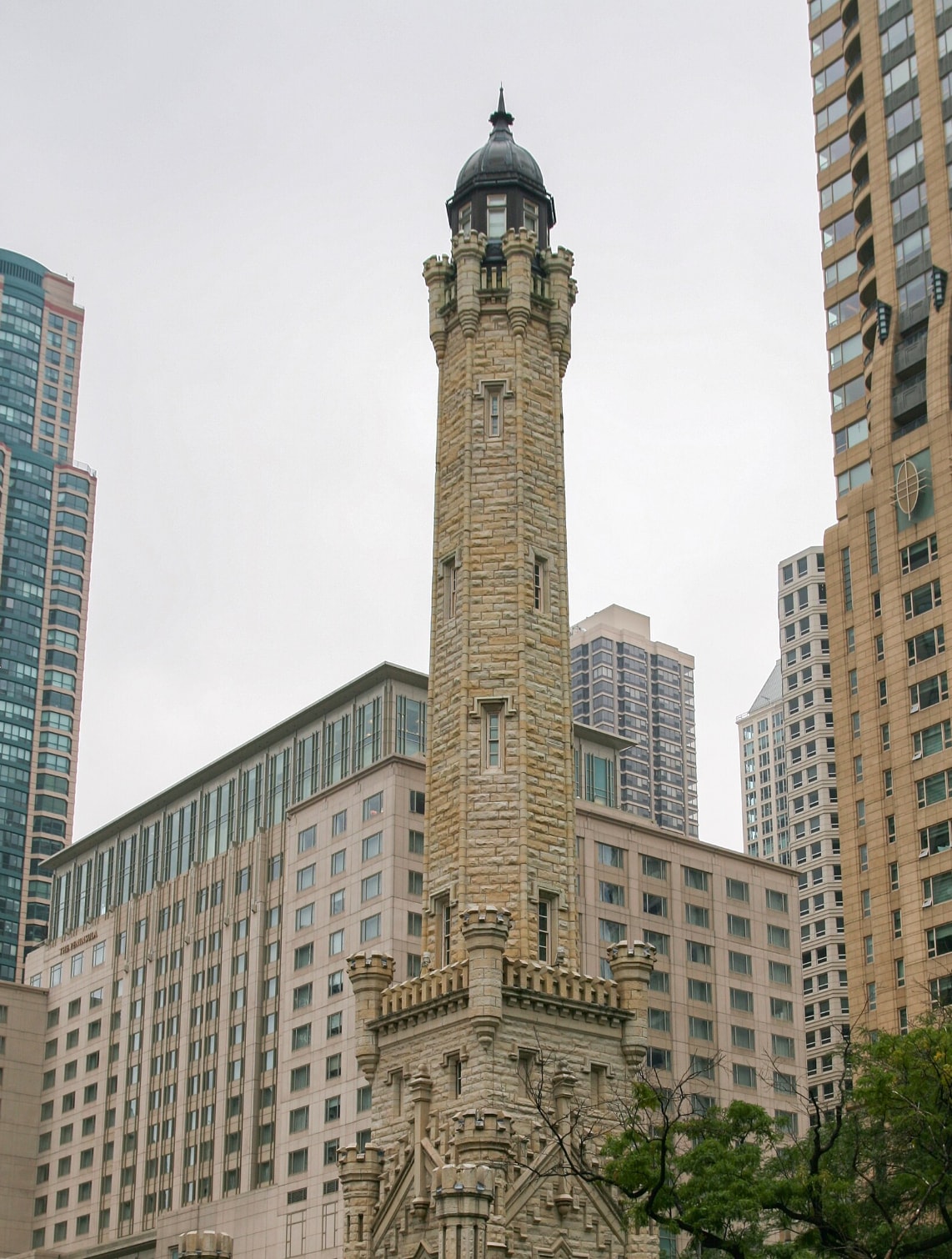Noteworthy Water Towers Across the Lower 48 States

Posted on January 22, 2025 by Brent Phillips
Water towers across the lower 48 states stand as silent sentinels, their distinctive silhouettes etched against the sky. Once purely functional, these structures have become iconic landmarks and treasured pieces of local history. Let’s explore some of the most remarkable water towers, which have captured the imagination of communities and preservationists alike.
Historical Significance
Water towers played a crucial role in developing American cities and towns. Municipalities built these structures in the late 19th and early 20th centuries to provide consistent water pressure and fire protection. The Dothan Dixie Standpipe in Alabama, constructed in 1897, exemplifies the engineering prowess of the Industrial Revolution. Its riveted steel construction, holding 150,000 gallons, continues to serve the community today.
Architectural Marvels
Some water towers have transcended their utilitarian origins to become architectural gems. The Chicago Water Tower, erected in 1869, is a testament to resilience and beauty. It survived the Great Chicago Fire of 1871 and now houses an art gallery, symbolizing the city’s enduring spirit.
In Western Springs, Illinois, the local water tower has worn many hats since its construction in 1892. Once home to the police department, jail, and municipal offices, it later transformed into a village museum, showcasing the adaptability of these structures.
Community Icons
Many water towers have become beloved symbols of their communities. The Old Florence Water Tower in Alabama, built in 1890, once held 282,000 gallons and marked the highest point in the city. Though no longer in use, it remains a cherished landmark.
Arkansas has at least 16 water tanks listed on the National Register of Historic Places, each telling a unique story. The Cotter Water Tower, built in 1935, was the small town’s first water facility, significantly improving residents’ quality of life.
Preservation Efforts
Recognizing these structures’ historical and cultural value, many communities have taken steps to preserve their water towers. The Havana Water Tower in Illinois, built in 1889, has been used continuously for over a century. Its longevity and significance have earned it a place on the National Register of Historic Places and as an American Water Works Association (AWWA) American Water Landmark.
Cunningham Inc’s Role
Cunningham Inc., a company specializing in water tower maintenance and restoration, has played a crucial role in preserving these historic structures. Their expertise in sandblasting, painting, and structural care has helped extend the life of numerous water towers nationwide. Their work is a testament to the ongoing efforts to maintain and beautify these essential structures.
One of Cunningham’s notable projects was the Princeton Water System Improvements in Missouri, which included painting the water towers. This project exemplifies the ongoing efforts to maintain and beautify these essential structures.
Challenges and Innovations
As communities grow and water needs change, many older water towers face the threat of demolition. However, innovative approaches to preservation are emerging. In Carrollton, Illinois, the local water tower is an example of a disappearing resource. Built between the 1920s and 1950s, larger, more modern structures are replacing these riveted steel towers.
Looking to the Future
As we move forward, preserving noteworthy water towers becomes increasingly essential, especially given the challenges the L. A. Fire Depts. have faced these past few weeks due to a low water supply and demand. These structures serve practical purposes and stand as monuments to our engineering heritage and community identity. Companies like Cunningham Inc. continue to play a vital role in maintaining these towers, ensuring that future generations can appreciate their historical and cultural significance.
From the ornate Chicago Water Tower to the utilitarian structures dotting small towns across America, each water tower tells a story of progress, community, and resilience. As we work to preserve these iconic structures, we honor the ingenuity of past generations, maintain tangible links to our shared history, and look forward to paving a future of improvement and innovation.